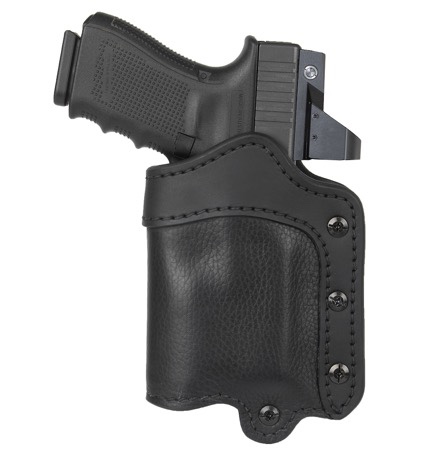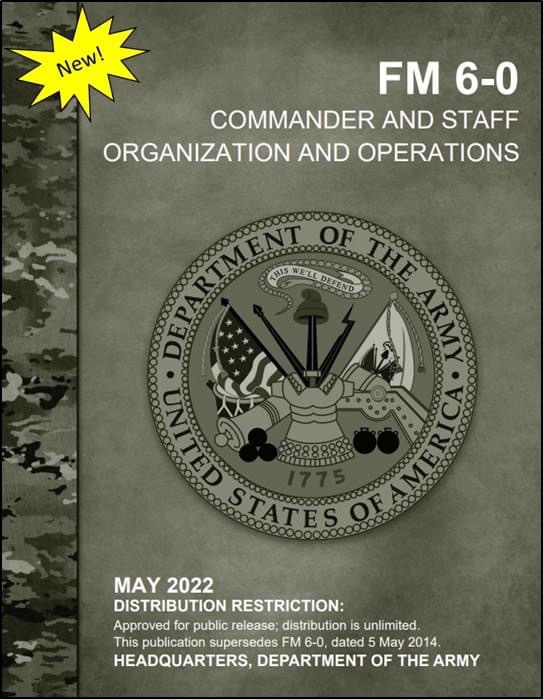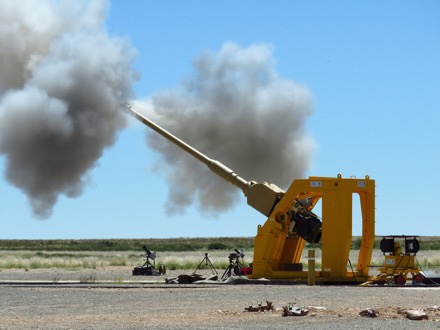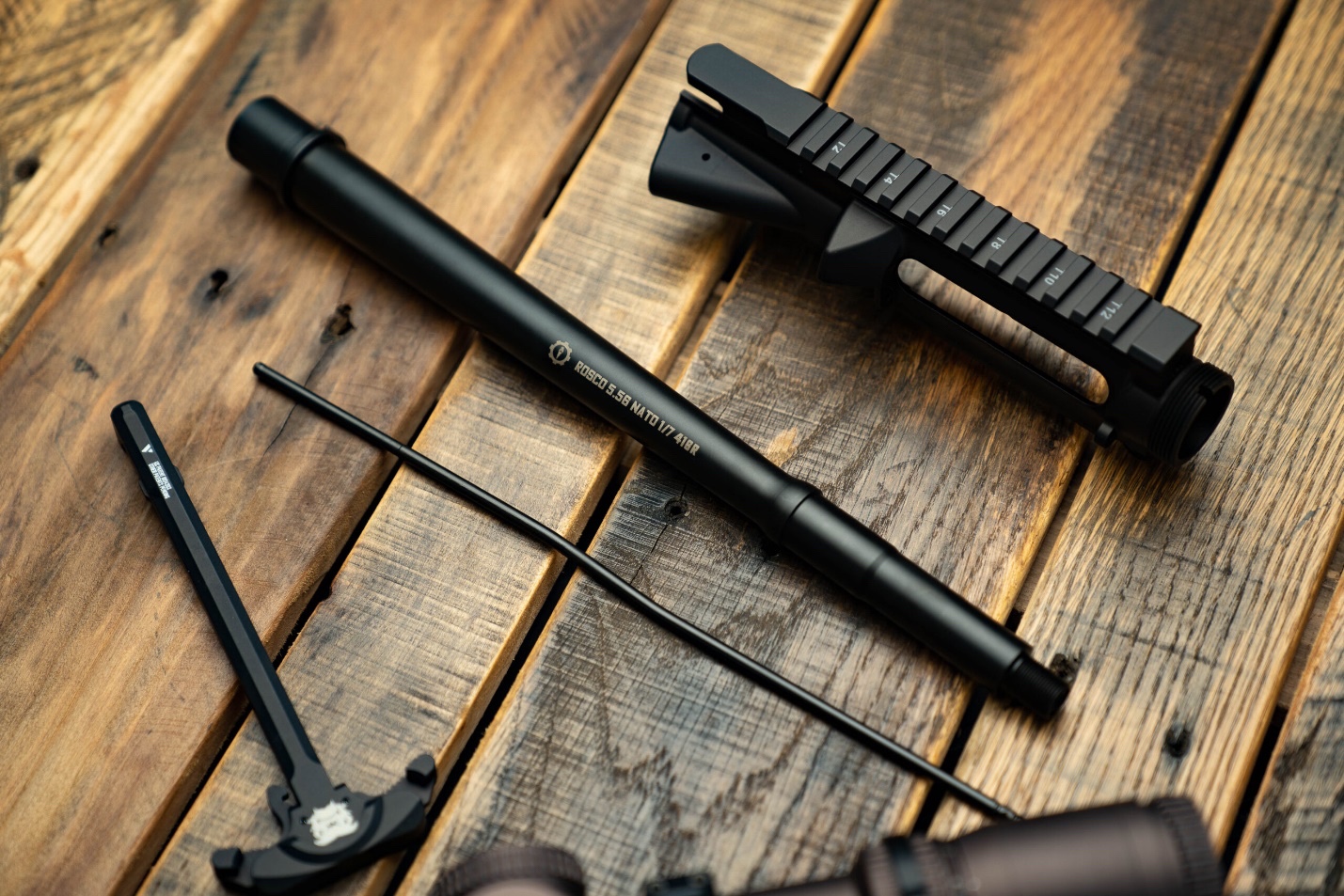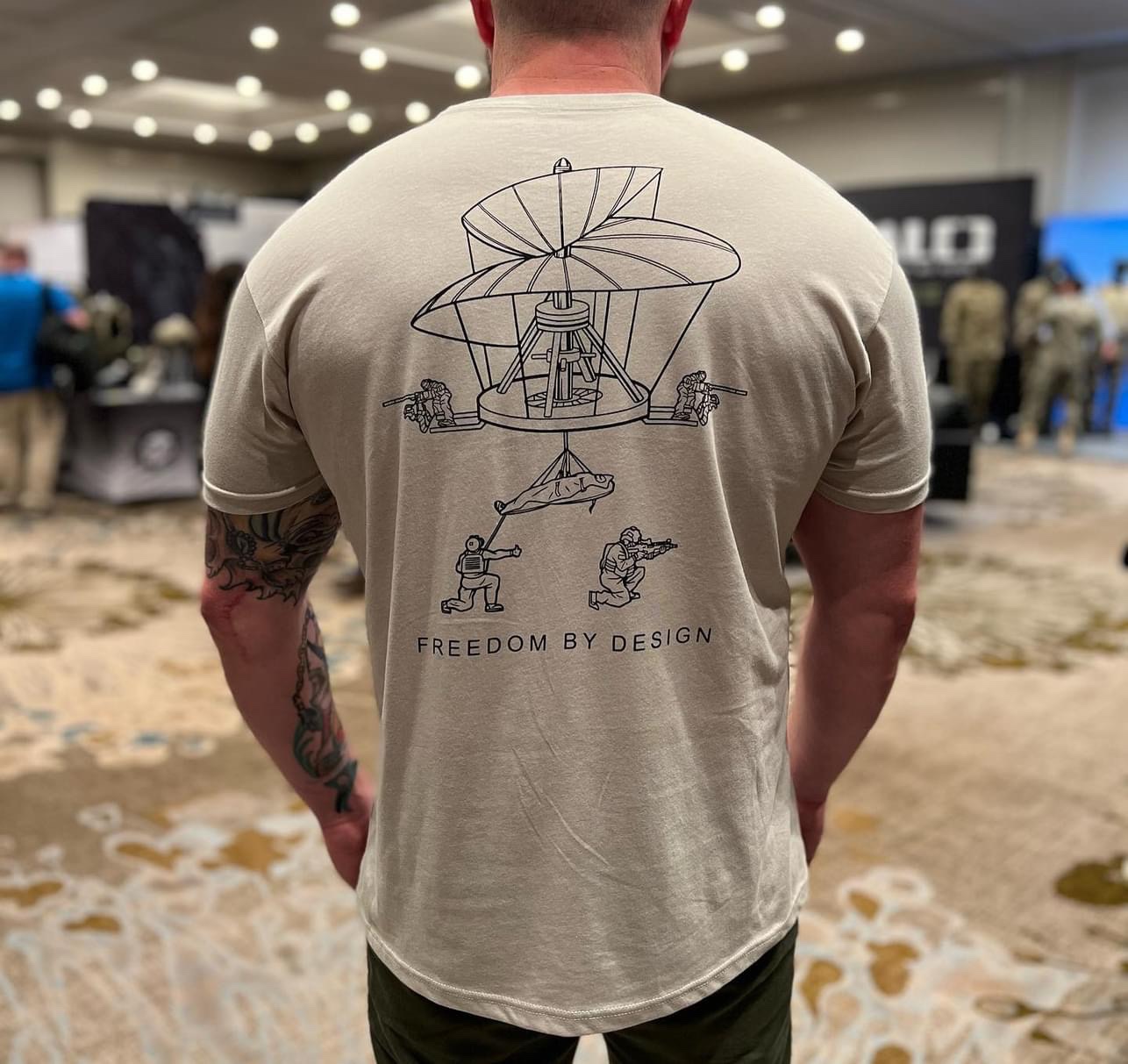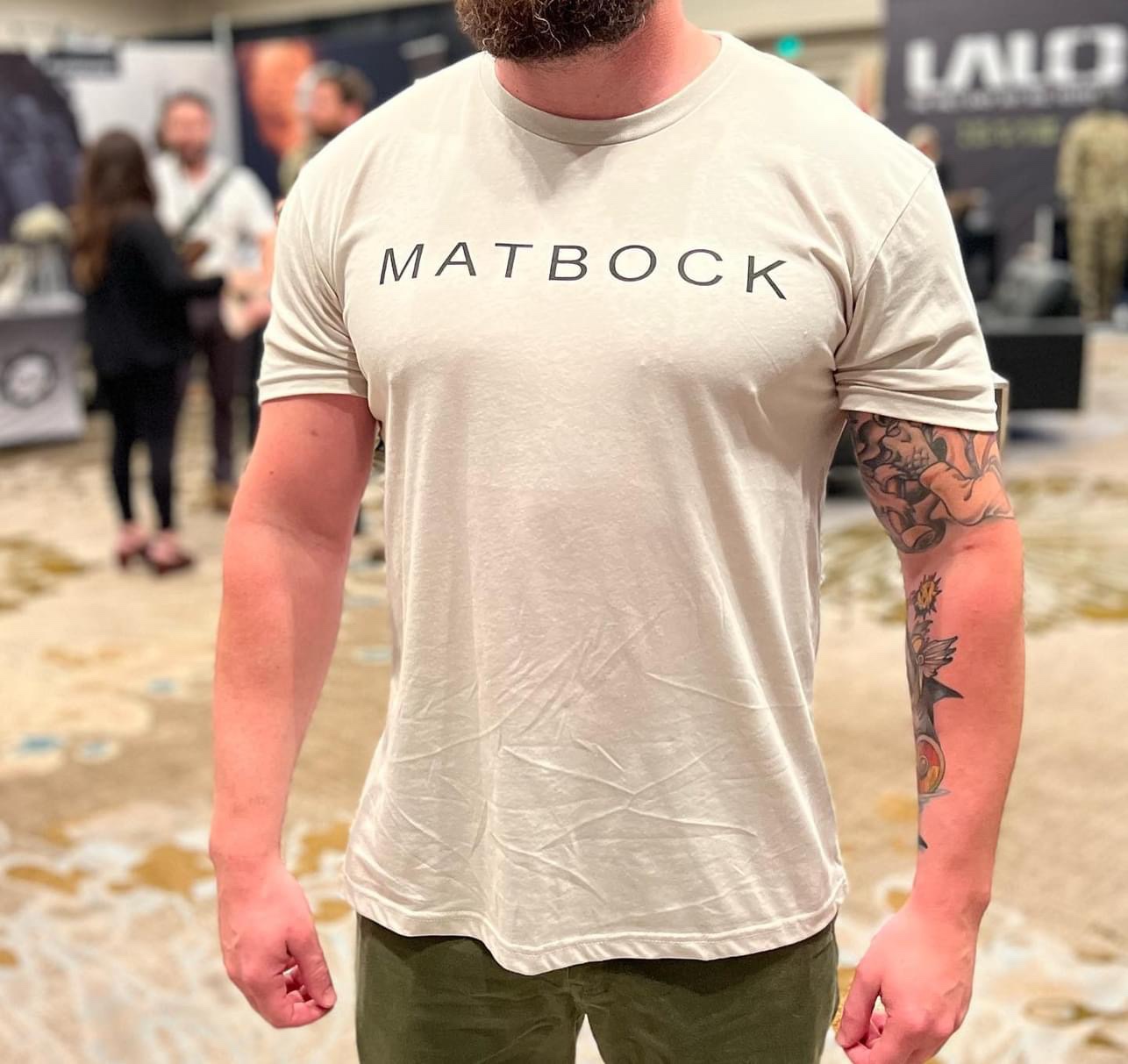NATICK, Mass. — Some heroes wear capes, and some wear jumpsuits designed by the U.S. Army Combat Capabilities Development Command Soldier Center, or DEVCOM SC.
America’s smokejumpers literally dive into danger. They are an elite group of firefighters who parachute into remote areas to put out wildfires. They need and deserve the very best equipment to do their jobs effectively and safely. DEVCOM SC’s Design, Pattern & Prototype Team in the Soldier Protection Directorate took on the task of updating the jumpsuits that smokejumpers wear when they take the leap to put out wildfires.
“The rough terrain jumpsuit is worn by smokejumpers working for the United States Department of Agriculture’s Forest Service and the Department of Interior’s Bureau of Land Management,” said Patti Bigrig, a clothing designer on the Design, Pattern & Prototype Team, or DPPT. “There are about 400 to 500 smokejumpers within the United States. Their mission is to parachute into remote areas, where vehicles have no access, to extinguish forest fires.”
Zach Glover, one of the smokejumpers who aided DEVCOM SC in a fit and integration check for the new and improved rough terrain jumpsuit, explained that the jumpsuit is used to protect smokejumpers from any kind of impalement from tree limbs and has a built-in letdown system if they get caught in a tree. The jumpsuit adds some fire protection as well.
Glover values the opportunity for smokejumpers to provide input into the new prototype. “The new suit will improve mobility, be lighter weight, and allow for better protection, range of motion, and freedom of movement,” said Glover.
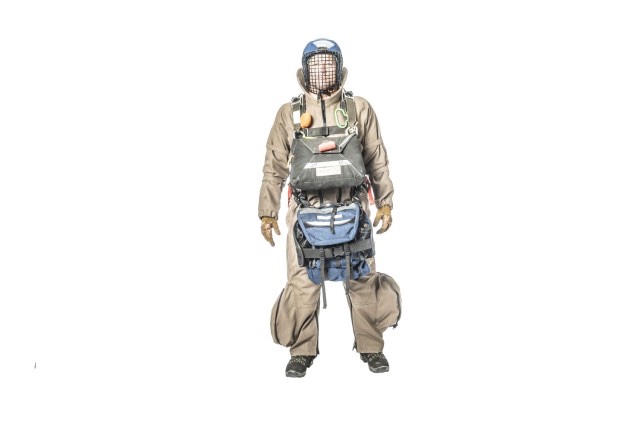
The effort is a perfect fit for DEVCOM SC’s expertise. “DEVCOM SC’s long-term expertise in developing clothing to meet Warfighter needs benefits this project in all aspects,” said Annette LaFleur, DPPT’s team leader.
“We not only look at the musculoskeletal structure and movement of the human body within the framework of a clothing item but how the necessary equipment works cohesively with the garment to enhance performance and mission success,” said Bigrig. “We listen to the user to find out what isn’t working and devise a solution.”
DPPT is adept at designing for function and specific occupational specialties — whether it be a protective ensemble for a fuel handler or bomb suit for an explosive ordnance disposal operator or a new rough terrain jumpsuit for smokejumpers. On a daily basis, the team works to meet the needs of Warfighters and other users by translating user requirements into tangible prototypes. The prototypes incorporate materials and features to meet the specific needs of the user. For the rough terrain jumpsuit, the prototype includes padding with the proper impact protection, as well as flame-retardant base materials.
“The team starts by sketching design options, discussing ideas with the user before drafting patterns and sewing the first prototype,” said LaFleur. “We design, test and validate, ensuring the item is user tested and approved. We don’t want the user to have to think about or be burdened by their clothing or gear. If they are solely focused on their mission, then we know we have done our job well.”
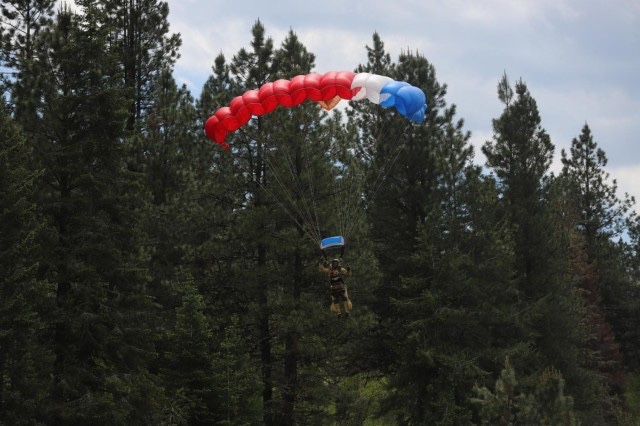
The rough terrain jumpsuit prototype includes improvements to features and materials.
“Due to the natural rough terrain in which these parachutists are entering, the current jumpsuit has a short field life,” said Bigrig. “The current jumpsuit is made from Kevlar, which has great puncture resistance but very low abrasion resistance. It quite frequently requires repair or replacement. Kevlar is sensitive to, and weakened by, exposure to sunlight, and this factor also plays into a shorter use expectancy. The goal of this new jumpsuit is to increase the durability, protection and extend the life of its use.”
Melynda Perry, a textile chemist on DEVCOM SC’s Textile Material Evaluation Team, ran tests on the current jumpsuit material and suggested some materials to be integrated into the new suit. The new suit includes two layers — a base layer and a higher abrasion resistant layer. The goal is to identify lighter weight materials with improved abrasion resistance that have lower amounts of aramid fibers to offer higher protection against UV exposure, extending the life of the jumpsuit.
The new jumpsuit prototype also features an improved collar and integrated impact resistant foam. It also includes an adjustable side pocket at the bottom of the jumpsuit trousers. The pocket is used to hold rope and other gear.
Bigrig conceived the idea for the adjustable pocket, and Chong Whitfield, a DPPT production designer, refined the idea. Being able to adjust pockets helps improve safety.
“It’s the Goldilocks pocket,” said Bigrig. “You can adjust it so that it is just right.”
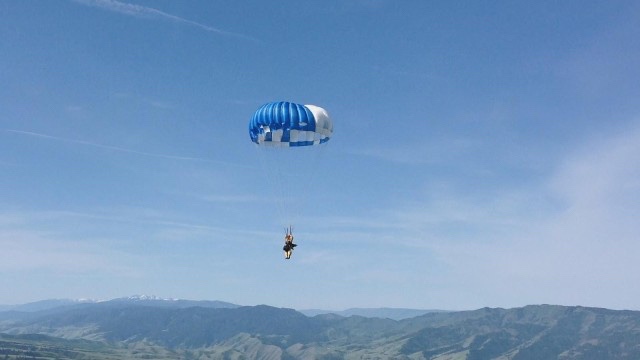
User input, which plays a key role in all of DEVCOM SC’s product development, is driving the design of the new jumpsuit.
“We had a lot of conversations with the smokejumpers and gleaned great information on how we could make this jumpsuit into something that would greatly improve on what they currently had,” said Bigrig. “It is a wonderful relationship because we adapted the design to the feedback we received.”
Prior to working with the DPPT, the smokejumpers already had a good working relationship with DEVCOM SC’s Air Drop Team, part of the Soldier Sustainment Directorate. This relationship led to the smokejumpers seeking out DPPT.
“We viewed videos of their donning and doffing process, deployment from the plane along with the five-point landing procedure,” said Bigrig. “We had a lot of conversations with the smokejumpers and gleaned great information on how we could make this jumpsuit into something that would greatly improve on what they currently had.”
Other DEVCOM SC teams were also involved in the effort. Bigrig explained that the DPPT has been leveraging the expertise of DEVCOM SC’s Ballistic and Blast Team’s Chuck Hewitt to test impact resistant materials to integrate into the suit. Perry has also been instrumental in testing and providing recommendations for best materials for the new jumpsuit.
“There are people here who are experts in their fields,” said Glover. “They are experts in design, textiles, blunt impact ballistics and parachutes. We are firefighters and smokejumpers first and working with these experts is really beneficial for us.”
Bigrig is proud to work with the smokejumpers on the new Rough Terrain Jumpsuit.
“The users are firefighters with a high degree of ingenuity, and we are honored to help them take the jumpsuit to the next level,” said Bigrig.
By Jane Benson, DEVCOM Soldier Center Public Affairs
